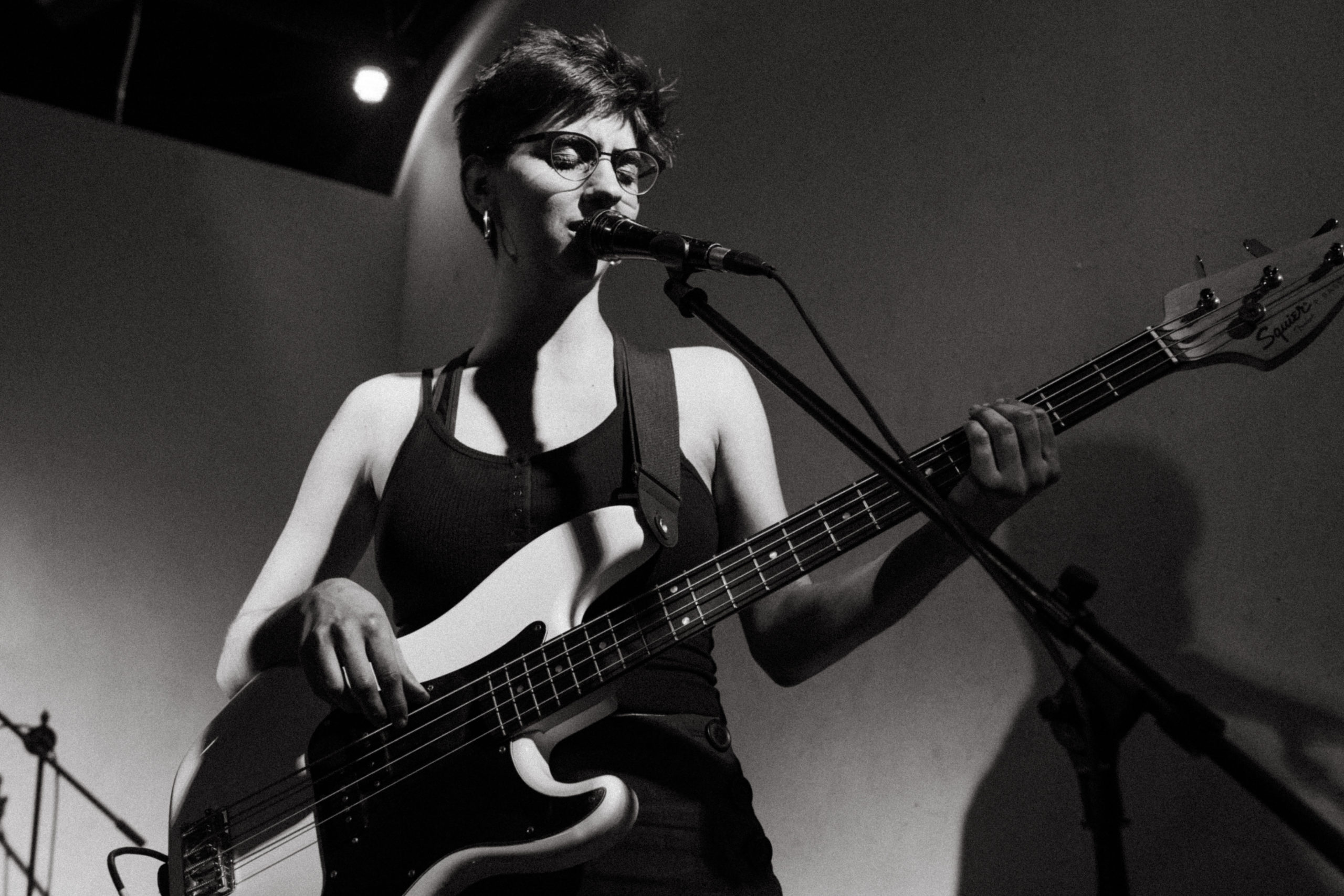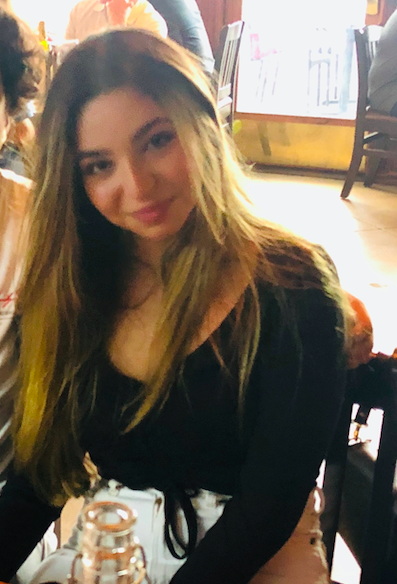
The independent music scene is home to some of the most innovative artists creating music today. One of these artists is Los Angeles-based Armenian-American vocalist, multi-instrumentalist and mixing engineer Sonia Maral Ohan. After graduating from Cal Poly Pomona with a BA in Music Industry Studies, Ohan co-founded several bands such as Minimall, Girl Hazel and Acres Even and joined the Vox Femina Los Angeles Choir, “a women’s choral ensemble dedicated to the performance of quality choral literature with an emphasis on music by female composers.”
“I’ve been making music for pretty much my entire life. I grew up singing in church choir and went to both Lutheran and Armenian churches, as my mom is from Texas and my dad is Iranian-Armenian,” Ohan says. “Growing up, I started playing a variety of instruments. The first one was the flute, then I picked up the ukulele. I got into guitar and playing bass soon after. The voice, however, is the instrument that is closest to my heart.”
Ohan’s involvement in music from a young age is evident; her virtuosity didn’t happen overnight. Her unique choral background, knack for harmonizing, and gift of building a song outwards is showcased in the rhythmic and layered soundscapes she creates in her work. These particular characteristics are showcased in her 2020 EP, Trepanation, self-described as “a collection of songs that [Ohan] felt were representative of [her] and [her] songwriting process.”
A firm believer that lyrics are “the soul of a song,” the EP was created as part of her college senior project. Though the lush instrumentals are transcendent, her poetry is truly at the forefront of the songs. Lyrics such as “Sometimes I feel I am sitting next to the ghosts of people still living” from “Ghosts” and “I am not here to win / But I am not here to lose to you” from “Sleep Talker” are just some examples of her honest writing style that perfectly capture the vulnerable feelings that surround the fleeting nature of life and love.
“Connection to the body is really important to me. When music can make people move and have them resonate in their bodies…that’s really cool to me. I think some of my favorite kinds of music is the music that leaves people with no choice but to move,” Ohan says. “To some extent, we all have this shared connection of sound…that shared human experience of understanding each other through music. That is really wonderful.”

The art of understanding others is a concept that Trepanation touches on. By delving into a world that is defined by emotions, Ohan takes us on a rollercoaster ride in the atmospheric world she has created. The listener touches on anxiety, love and life as a whole. Though the music style itself is not particularly inspired by Armenian culture, Ohan’s love for the arts unquestionably is.
“I grew up going to an Armenian church, learning Armenian cooking, and going to Armenian camps. It had a huge effect on me,” Ohan details. “My mom learned Armenian in her twenties when she married my dad and is enthusiastic about the culture. She has always been so supportive of my music.”
A dancer at Djanbazian Dance Academy for over a decade, Ohan’s interest in music was planted when she was young but blossomed into an all-encompassing passion that led to a career. Up to this point, her music has solely fallen under the “indie” genre, a genre marked by intense reverb, authentic lyricism and diverse musical influences, ranging from psychedelic rock to post-punk.
“I’ve derived inspiration from a wide variety of artists. Imogen Heap is one name that has influenced me a lot. I’m inspired by how boundlessly she uses melody and harmony. There is a freedom to her work. I also love some harder stuff. I’m Armenian so I love System of A Down. I grew up on their music,” says Ohan. She’s also inspired by Paramore, Regina Spektor, The Shins, Mother Mother, Death Cab for Cutie, Hop Along and Esperanza Spalding.
Fragments of each and every artist on her extensive list can be heard in her discography, yet, expertly so, her own style overpowers those bits of other artists and her originality shines through.
“I’ve always been interested in incorporating Armenian tones into my music. It would be a fascinating intersection because the kind of music I create doesn’t necessarily have that overlap. I would love to find what that overlap is,” Ohan says. “Tigran Hamasyan, for example, who is an Armenian jazz artist, incorporates Armenian folk melodies into a jazz context. That’s so exciting to me.”
Dedicated to bringing her own slew of influences to the table, Ohan hopes to create music that embraces her roots and integrates Armenian and Middle Eastern musical elements.
“I think there’s always something new to learn,” Ohan concludes, “You can always practice more. You can always learn a new genre, style or instrument. The possibilities are endless.”
In the near future, we can expect traditional sounds that we hold close to our heart with a modern indie-rock twist. And with that, we know that the best of Sonia Maral Ohan is yet to come. All we can do is patiently wait.

"sound" - Google News
September 02, 2021 at 06:42AM
https://ift.tt/3mWHgU3
The Connection of Sound: A Conversation with Sonia Maral Ohan - Armenian Weekly
"sound" - Google News
https://ift.tt/2MmdHZm
Shoes Man Tutorial
Pos News Update
Meme Update
Korean Entertainment News
Japan News Update


No comments:
Post a Comment